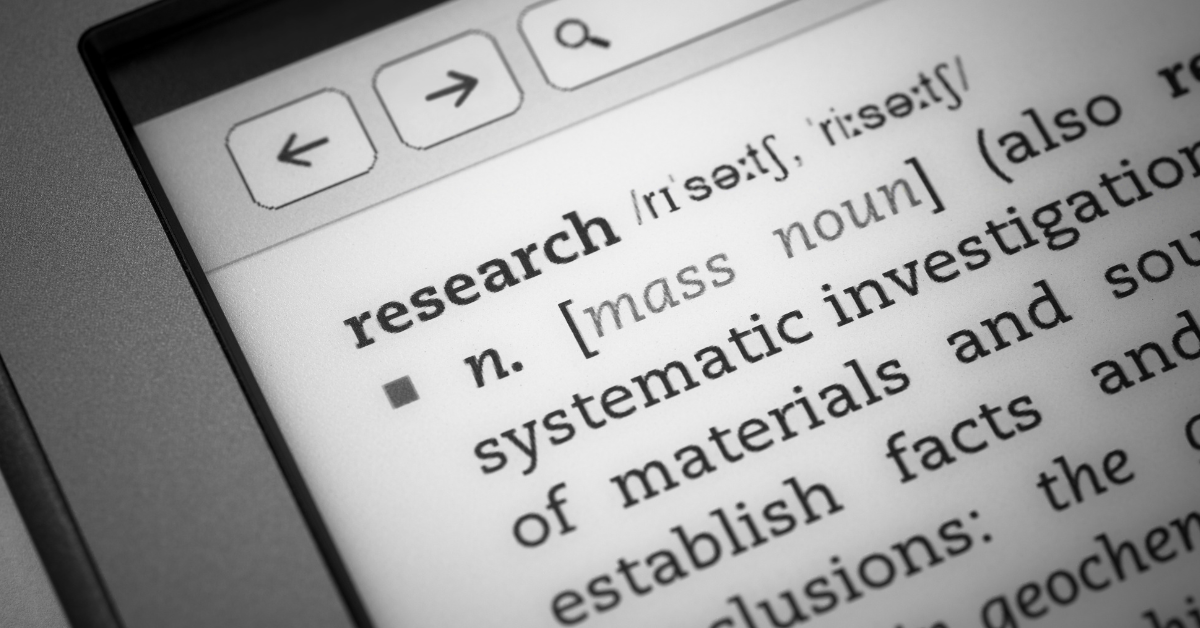In the ever-evolving landscape of academic support, the advent of artificial intelligence (AI) has brought about significant changes, particularly in the realm of essay writing. AI-powered tools promise efficiency, convenience, and accessibility, offering students a plethora of options for generating essays effortlessly. However, amidst the allure of automation, it’s crucial to recognize the distinct advantages of human writers and the unparalleled value they bring to the table. In this comprehensive exploration, we’ll delve into the impact of AI on the essay writing process, examining both its benefits and challenges. Furthermore, we’ll make a compelling argument for why hiring a professional writer from Essay24, capable of delivering 100% original content, is the superior choice for academic paper assistance.
The Rise of AI in Essay Writing: Benefits and Challenges
Benefits of AI:
- Efficiency: AI essay assistance tools can expedite the writing process, enabling students to produce content quickly and efficiently.
- Accessibility: AI tools are readily available online, offering students instant access to writing assistance anytime, anywhere, without the need for human intervention.
- Customization: Some AI platforms provide personalized suggestions and feedback, tailored to the user’s writing style and preferences, enhancing the overall writing experience.
Challenges of AI:
- Grammar and Syntax: Despite advancements, AI still struggles to replicate the nuances of human grammar and syntax accurately. Automated systems may produce sentences that are grammatically correct but lack the finesse and clarity of human-written prose.
- Emotion and Creativity: AI lacks the ability to infuse essays with genuine emotion and creativity, often resulting in sterile, impersonal writing. Human writers excel in crafting content that resonates with readers on an emotional level, engaging their intellect and imagination.
- Research Capabilities: While AI can retrieve information from databases, it may struggle to conduct nuanced research or critically analyze complex topics. Human writers possess the analytical skills and domain expertise necessary to synthesize information, evaluate sources, and generate original insights.
Why Human Writers Shine: The Case for Essay24 Professionals
1. Superior Grammar and Syntax:
Human writers possess a deep understanding of language nuances, allowing them to craft essays with impeccable grammar and syntax. Unlike AI, which may produce awkward or disjointed sentences, human writers excel in creating fluid, coherent prose that captivates readers.
2. Emotional Intelligence and Creativity:
One of the hallmarks of human writing is its ability to evoke emotion and spark imagination. Human writers infuse essays with authenticity, empathy, and creativity, tapping into the intricacies of human experience that AI struggles to emulate. Whether crafting a persuasive argument or painting a vivid narrative, human writers bring essays to life in ways that AI cannot replicate.
3. Research Expertise and Critical Thinking:
While AI can retrieve information from databases, human writers possess the critical thinking skills necessary to synthesize complex ideas, evaluate sources, and generate original insights. Essay24 professionals are adept at conducting thorough research, analyzing data, and crafting well-supported arguments that demonstrate depth of understanding and intellectual rigor.

The Essay24 Advantage: Originality Guaranteed
At Essay24, we understand the importance of academic integrity and originality. That’s why we offer a team of experienced writers dedicated to producing 100% original content tailored to your specific requirements. When you hire a professional writer from Essay24, you can trust that your essay will be meticulously crafted, plagiarism-free, and customized to meet your academic goals. Our writers are committed to excellence, ensuring that each essay is thoroughly researched, thoughtfully written, and impeccably polished.
While AI tools offer convenience and efficiency, they pale in comparison to the depth of expertise and creativity that human writers bring to the table. When it comes to academic paper assistance, hiring a professional writer from Essay24 is the optimal choice for students seeking high-quality, original content that meets the highest standards of excellence. By leveraging the expertise of Essay24 professionals, students can achieve academic success with confidence, knowing that their essays are in capable hands. In the dynamic landscape of essay assistance, finding the right balance between AI and human writers ensures that students receive the support they need to excel academically while upholding the principles of integrity and excellence.


















